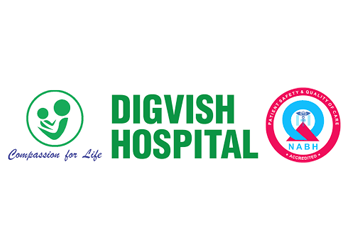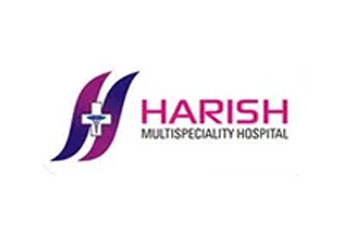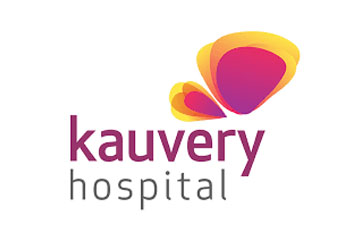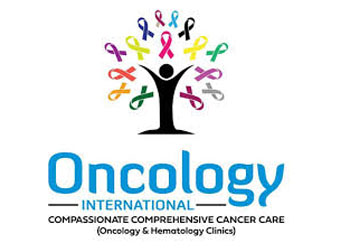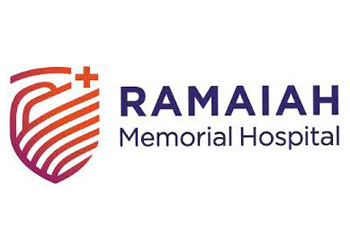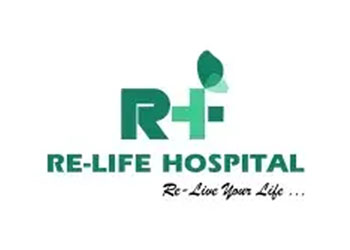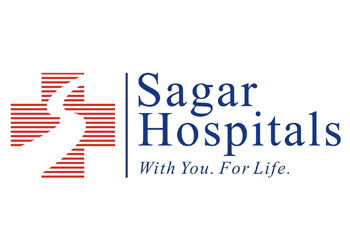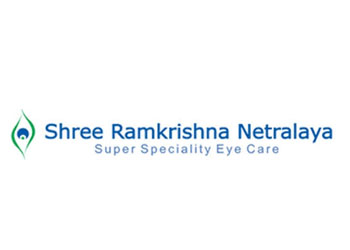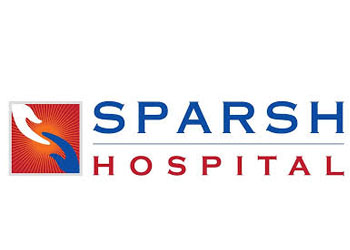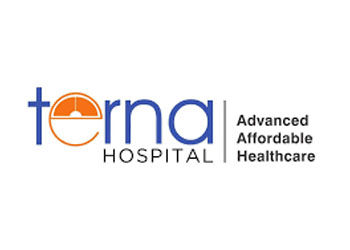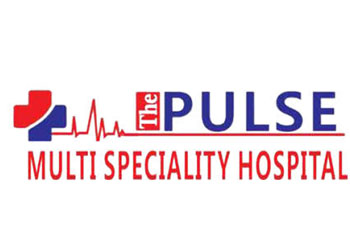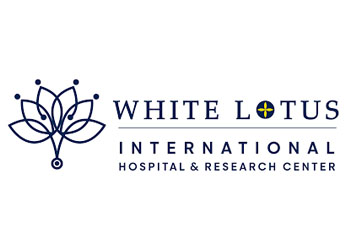Frequently Asked Questions
Cardiology Synthesis
A heart attack occurs when blood flow to the heart muscle is blocked, damaging the tissue.
Chest pain, shortness of breath, nausea, cold sweats, or fatigue are common symptoms.
It’s a painless ultrasound test that shows how your heart is functioning and pumping blood.
A minimally invasive procedure to open blocked heart arteries using a balloon and sometimes a stent.
A heart attack is blocked blood flow; cardiac arrest is the heart stopping suddenly.
Exercise regularly, eat heart-healthy foods, avoid smoking, and manage stress and blood pressure.
High blood pressure strains the heart and arteries, increasing the risk of heart disease and stroke.
It’s a small device placed in the chest to help regulate abnormal heart rhythms.
Yes, chronic stress increases heart disease risk by raising blood pressure and promoting inflammation.
It’s a medically supervised program of exercise, education, and lifestyle changes after heart surgery or events.
Orthopaedic & Joint Replacement
Not always. Small tears often heal with rest, therapy, and medication, depending on location and severity.
It involves replacing damaged joint surfaces with implants to restore movement and relieve pain in arthritic knees.
Improved mobility, reduced pain, enhanced joint function, and better quality of life with personalized care.
A condition causing brittle bones; treated with medication, diet, weight-bearing exercise, and supplements.
If you have persistent joint pain, swelling, stiffness, or movement limitations that are not improving with rest.
A minimally invasive surgical procedure using a camera to diagnose and treat joint issues.
Yes, therapy often strengthens muscles, relieves pain, and improves function in early-stage conditions.
Sudden pain, swelling, bruising, and difficulty moving or putting weight on the affected limb.
A procedure that connects two or more vertebrae to eliminate motion and relieve back pain.
Through medication, lifestyle changes, physiotherapy, injections, and alternative therapies like bracing or heat therapy.
Oncology & Cancer
It’s a minimally invasive surgery using robotic arms for precise tumour removal through small incisions.
Your treatment plan is based on cancer type, stage, and your overall health, customised by an expert oncology team.
Yes, side effects vary by treatment type and can include fatigue, nausea, hair loss, or immune suppression.
Early detection increases the chances of successful treatment and survival through timely intervention.
Yes, some cancers may recur. Regular follow-ups help detect and treat recurrences early.
Through imaging, biopsy, blood tests, and genetic markers, followed by confirmation from a pathology lab.
Complementary therapies may be used to manage symptoms, but should never replace evidence-based treatments.
It includes regular scans, blood work, doctor visits, and rehabilitation to monitor recovery and detect recurrence early.
Plastic & Reconstruction
Cosmetic enhances appearance; reconstructive restores function and structure after trauma, birth defects, or disease.
Breast reconstruction, hand surgery, cleft repair, facial trauma repair, and scar revision are common examples.
Reconstructive surgeries often are; cosmetic procedures are usually not unless medically justified.
Recovery varies but typically ranges from 2 to 8 weeks, depending on procedure complexity.
Those needing functional restoration or aesthetic improvement due to trauma, disease, or personal goals.
When performed by qualified surgeons, plastic surgery is generally safe with proper planning and aftercare.
Plastic surgeons are trained in both cosmetic and reconstructive procedures; cosmetic surgeons may not have formal plastic surgery training.
Most incisions are placed discreetly; scars fade over time with proper care and may be treated cosmetically.
You’ll discuss goals, medical history, risks, expected outcomes, and personalised treatment plans.
Look for board certification, surgical experience, before-and-after photos, and open communication during consultations.
Spine
When you experience unexplained headaches, seizures, numbness, or movement issues that persist or worsen.
Sudden numbness, confusion, vision trouble, speech difficulty, or weakness on one side of the body.
They include brain, spinal cord, and nerve conditions like epilepsy, Parkinson’s, MS, and Alzheimer’s.
A condition of recurring seizures managed with medication, lifestyle changes, or sometimes surgery.
Common causes include disc herniation, arthritis, poor posture, injuries, and age-related degeneration.
A progressive brain disorder that affects movement, causing tremors, stiffness, and balance issues.
A procedure to relieve pressure on spinal nerves caused by herniated discs or spinal stenosis.
Migraines cause throbbing pain, nausea, and light sensitivity; headaches are usually milder and shorter.
Yes, conditions like epilepsy, ADHD, cerebral palsy, and autism often appear in childhood.
Robotics, neuro-navigation, brain mapping, neurostimulation, and advanced imaging are transforming diagnosis and treatment.
Urology & Nephrology
Chronic conditions like diabetes, hypertension, or prolonged infections can lead to kidney failure over time.
Fatigue, swelling, frequent urination, and changes in urine colour or volume may indicate kidney problems.
It provides a reliable access point for efficient dialysis by connecting an artery to a vein.
Dialysis is a treatment that filters waste from the blood when the kidneys stop functioning properly.
Early stages can be managed, but chronic kidney disease is generally not reversible - only controllable.
Hard deposits formed in the kidneys, treated with hydration, medication, or procedures like lithotripsy or laser surgery.
A bacterial infection affecting any part of the urinary system, commonly causing a burning sensation and frequent urination.
It’s a surgical procedure where a healthy donor kidney replaces a failed kidney in a patient with kidney failure.
Stay hydrated, manage blood pressure, limit salt, avoid overuse of painkillers, and control diabetes.
Benign enlargement of the prostate gland, treated with medications or procedures like HoLEP.
IVF & Fertility
IVF is a treatment to fertilise eggs outside the body, then implant them into the uterus for pregnancy.
IVF can assist couples with infertility, blocked tubes, low sperm count or unexplained problems to conceive.
ICSI stands for Intracytoplasmic Sperm Injection. With this technique, a single sperm is injected directly into the egg, and it is used when there are problems related to sperm (e.g., very few sperm) or if the patient has had a poor fertilisation history.
Most people report mild discomfort during injections and egg retrieval; the retrieval is performed using anaesthesia.
Success depends on age, quality of the embryo and the clinic, but 30 per cent to 60 per cent of cycles end in pregnancy.
The IVF cycle usually covers 4–6 weeks, starting from ovarian stimulation to embryo transfer.
The typical symptoms are bloating, some mild cramping, and mood swings because of the hormone medications.
Yes, embryos can be frozen and used in later cycles with quite good survival and success rates.
IVF fertilises eggs in a laboratory; IUI deposits sperm directly into a woman’s uterus when she ovulates.
Yes, research has found that babies conceived through IVF are typically as healthy as those conceived the natural way.
Obstetrics & Gynecology (OBG)
Obstetricians manage pregnancy and childbirth; gynaecologists specialise in women’s reproductive health and conditions.
Annually, or as recommended based on age, sexual activity, and medical history.
Occasional irregularity is normal, but frequent changes may need evaluation for underlying conditions.
It screens for cervical cancer by detecting abnormal cells early, before they become cancerous.
Irregular periods, weight gain, excess facial hair, and acne are common signs of PCOS.
Seek medical help if your period pain is severe, lasts longer than usual, worsens over time, or disrupts daily activities. Persistent or unusual symptoms could signal underlying conditions needing specialist evaluation.
Menopause marks the permanent end of menstrual cycles, usually occurring in midlife. Common symptoms include irregular periods, hot flashes, night sweats, mood swings, sleep problems, and physical changes like joint pain or vaginal dryness.
Yes, hormonal birth control can make periods lighter, more regular, or stop them altogether. Some methods may also cause irregular bleeding or suppress the menstrual cycle, depending on the type used.
A condition where uterine-like tissue grows outside the uterus, causing pain and fertility issues.
A relaxed conversation, a basic exam, and an open discussion about your health concerns and history.





